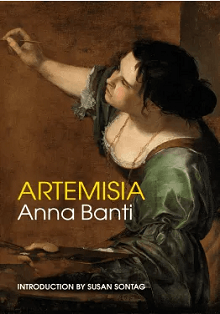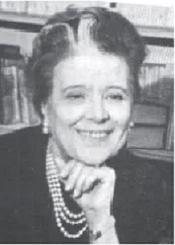Artemisia
Anna Banti (Translated by Shirley D’Ardia Caracciolo)
Category:
Fiction
| Art History
| Art 1600 -1800
-
Paperback
Paperback £9.99
2nd April 2020 | ISBN: 9781913109004
-
Ebook
Epub £5.99
2nd April 2020 | ISBN: 9781913109127
ABOUT THE BOOK
Introduction by Susan Sontag
First published in 1953, Artemisia is a classic of 20th century Italianliterature. From its first publication in 1953, Artemisia , a novel about Artemisia Gentileschi, an iconic 17th century painter, by Anna Banti, abrilliant Italian art historian, established itself as a feminist masterpiece. Like Penelope Fitzgerald’s The Blue Flower and Marguerite Yourcenar’s Memoirs of Hadrian , Artemisia is a book about the process of artisticcreation.
Much in Gentileschi’s life marked her out as a victim – rape atthe age of 18, a forced marriage to a man she did not love and, apowerful, patriarchal father, Orazio Gentileschi, who failed to value herartistic genius. But Gentileschi did not accept the status of victim, in theyears between 1610 and 1650; she produced over 50 paintings thathave established her as one of the great painters of all time. She gave up everything – “all tenderness, all claim to feminine virtues” to dedicate herself solely to painting. Sacrifices that Anna Banti, herself an artist, fully understands and captures in this amazing novel.
Republished at a time when appreciation of Gentileschi’s art is at its highest, Artemisia gives us the key to understanding the genius of this feminist icon.
“What makes Artemisia a great book – and unique in Banti’s work – is this double destiny, of a book lost and re-created. A book thatby being posthumous, rewritten, resurrected, gained incalculably inemotional reach and moral authority. A metaphor for literature,perhaps. And a metaphor for reading, militant reading – which, atits worthiest, is rereading – too.” Susan Sontag
ABOUT THE AUTHOR
Anna Banti , the pen name of Lucia Lopresti, was born in Florence in 1895. Like Artemisia Gentileschi, Anna Banti was always defined by a malementor –in her case, her husband Roberto Longhi to whom Artemisia isdedicated. Until his death in 1970, Anna Banti lived in Roberto Longhi’sshadow. Since then, like Artemisia , she has found an audience – inspiredby feminism - able to appreciate her genius in its own right. The dialogue between author and subject in Artemisia is one of the great literaryconversations of our time.

